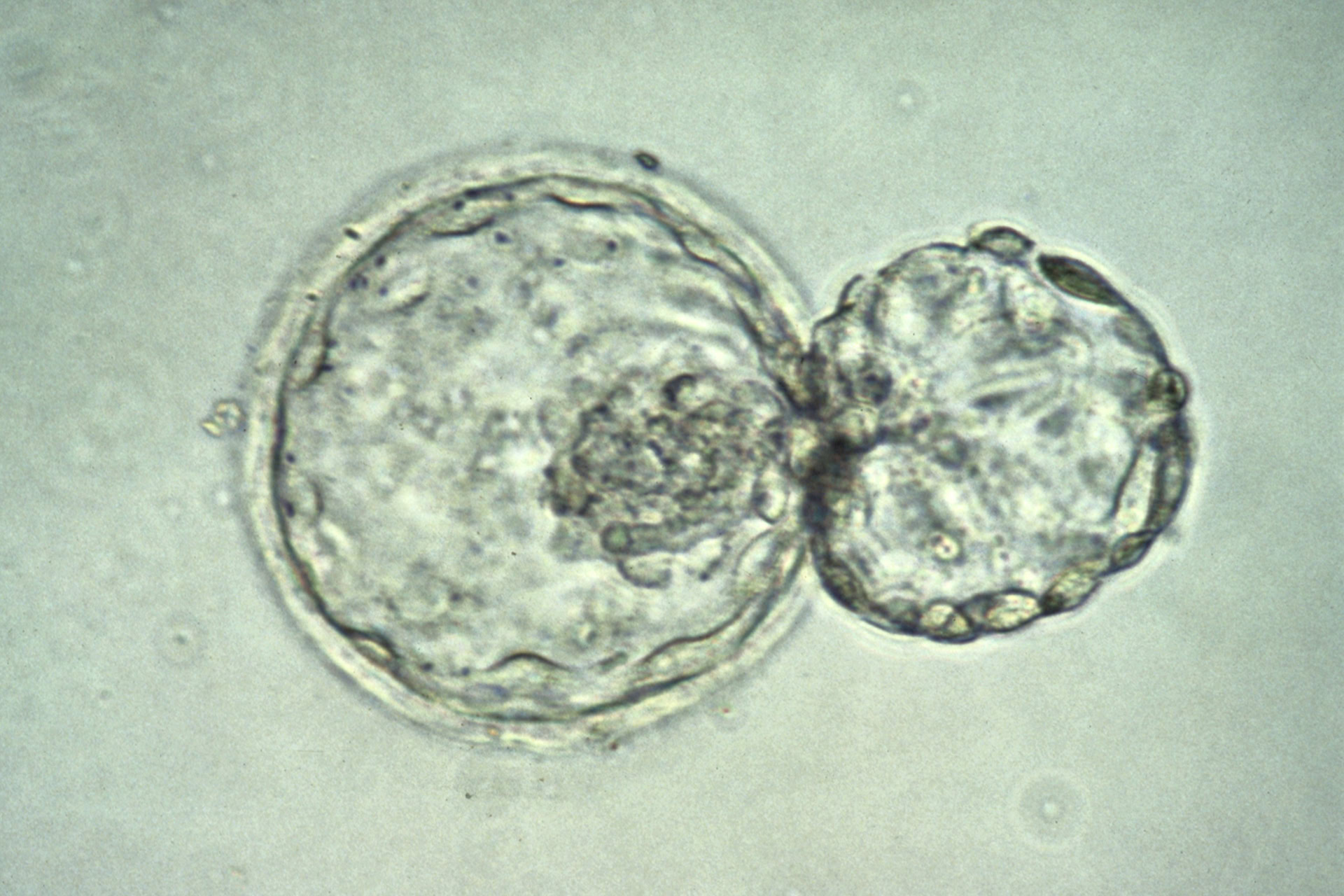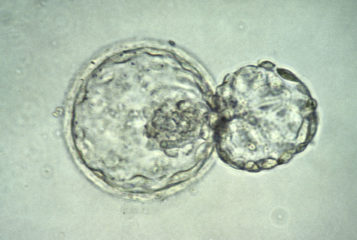Time-lapse imaging has been used to track the way that cells organise themselves to form an early mouse embryo.
'Our findings reveal a completely unanticipated mechanism regulating the earliest stages of embryo development', said Dr Nicolas Plachta, lead researcher for the study, which was carried out at Monash University's Australian Regenerative Medicine Institute.
After an egg is fertilised, it undergoes a series of divisions to produce relatively round cells. At the eight-cell stage, cells become elongated and flatten their membranes against each other, before regaining some slight roundness and continuing to divide.
Embryos that do not undergo this compaction often do not survive, and the timing of this elongation has been linked to implantation success. The study, published in Nature Cell Biology, demonstrates how the process of compaction actually takes place.
'Our images reveal arm-like structures called filopodia appearing on the outer membrane of some cells during the eight-cell stage, and it is these filopodia that are responsible for contorting cell shape, and forming the embryo's first tissue-like layers', said Dr Juan Carlos Fierro-González, who conducted the research. 'We then saw the filopodia retract as they released their grip on neighbouring cells, allowing them to return to a somewhat rounded shape before they continued on their journey of cell division'.
'For the first time, we have been able to watch as filopodia reach out and grab neighbouring cells, pulling them closer and elongating the cell membranes. We think that this enables the cells to effectively compact, as their new non-rounded shape makes the most of the available space', Dr Fierro-González said.
The research was carried out in mice, but the team hopes the results will aid embryo selection for IVF in humans.
'Now that we know what controls early development, we are designing non-invasive imaging approaches to see if human embryos used in IVF form normal filopodia and undergo normal compaction. This could help us choose which embryos should or shouldn't be implanted back in the uterus', Dr Plachta said.






Leave a Reply
You must be logged in to post a comment.